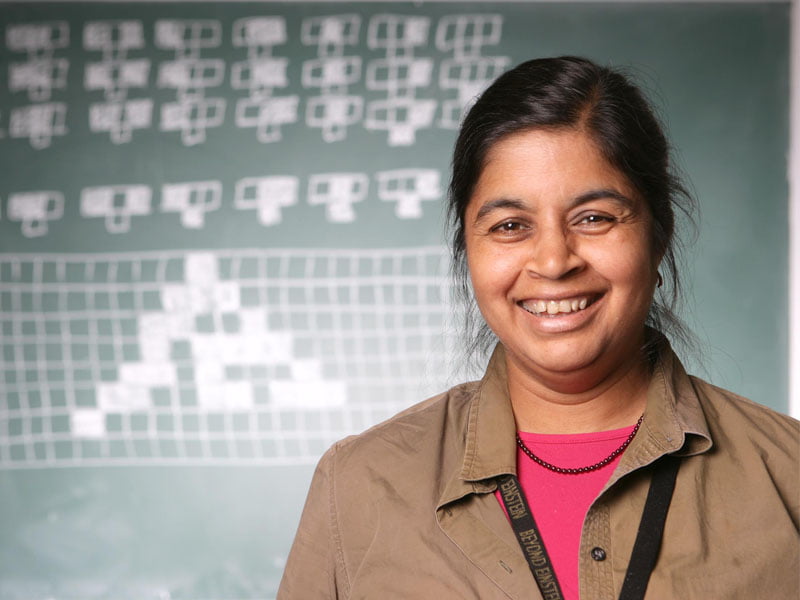Australia’s schools, universities, researchers and misogynists are all facing a shakeup from the Government’s National Innovation and Science Agenda.
Schoolchildren from kindergarten up will spend more time coding and getting to grips with digital technologies; universities will face a streamlined grants system that rewards a combination of research excellence and commercial focus; more researchers will be encouraged to move into industry; and university and industry campaigns will be funded to encourage more women into STEM (science, technology, engineering and mathematics) related professions at all levels.

According to the Prime Minister, Malcolm Turnbull;
“Universities and research organisations like the CSIRO, and our workforce are world class but we are falling behind when it comes to commercialising good ideas and collaborating with industry.”
While previously research grants were wedded to the “publish or perish premise”, in the future; “One of the key criteria for securing support is engaging with business and industry.”
Mr Turnbull said that would also address the problem Australia had with what amounted to a very low ratio of PhDs working in industry compared to other nations.
“This is one of the things that will change that,” he said, adding that it was important researchers escape silos and start talking to one another.
The Government announced it would replace the current Research Block Grant scheme which operates under six separate programmes, with just two streamlined systems from January 2017, which would give equal emphasis to industry or end user engagement as to research quality.
Research quality however will not be abandoned. Instead the Australian Research Council is to establish a national assessment framework to measure the impact of investment which will be piloted in 2017 and rolled out from 2018.
Associate dean education in the Faculty of Information Technology at Monash University, Professor Ann Nicholson, said that while an effective measurement of impact would be welcome; “We would have to look at the detail on that because they (metrics) drive behaviour.”
She said that the increasing challenges of accessing Government research funds meant that Monash had already started to look far more broadly for research programme support.
While impact was a key driver in that process she said that “We still think quality is hugely important.”
Prof Nicholson meanwhile welcomed the Government’s support for encouraging more women into STEM roles, noting that Monash was hard pressed to field equal numbers of male and female IT undergraduates.
Professor of mathematics at the University of Sydney Nalini Joshi, who also chairs the SAGE (Science in Australia Gender Equity) programme, said that the additional funds for the initiative, which is currently in pilot, would extend its reach and capability, allowing a not for profit enterprise to be set up to help organisations tackle roadblocks to women’s promotion and retention.
She said that getting more women into senior academic and research roles was essential, as; “A more diverse workplace is automatically a more innovative workplace. Diversity underlies innovation.”
Already 32 institutions, including 22 universities, the CSIRO and ANSTO, are involved in the pilot SAGE programme, which has been modelled on a UK system now bearing fruit.
Given that just one in four Australian IT graduates and fewer than one in ten engineering graduates is female, there is also a STEM and gender challenge further down the education tree. To help tackle that the innovation statement confirmed a $51 million programme to boost all school children’s engagement with digital technologies starting in July 2016.
Many of the university focused initiatives were canvassed in the Watt Review of Research Policy and Funding Arrangements which was released on Friday.
The report found that Universities spend about 30 per cent of the nation’s overall R&D budget and recommended a rethink of research funds allocation broadly in line with what the Government has now announced.
Noting that “collaboration is a contact sport” – but a sport worth playing given that engagement with researchers and universities triples the chance of business productivity growth for an enterprise – the Watt Review recommended that a further 700 PhD candidates undertake business placements as part of their research programme.
Speaking broadly about the package of innovation measures announced yesterday and in a nod to Agile policy-making, Mr Turnbull acknowledged; “I’m not guaranteeing all of these policies will be as successful as we hope they will be…if some are not as successful we will change them and learn from them – that is what a 21st Century Government has to be – as agile as the businesses it seeks to inspire.”
However for universities and researchers, the notion of flip flopping on issues as important as research grant programmes can be disruptive, and not in a good way.
Some degree of certainty is required – and perhaps the Government’s decision to provide a decade’s worth of stability for the national collaborative research infrastructure strategy with $1.5 billion committed over ten years is a signal it understands that.
A $150 million one off injection in the May budget kept NCRIS alive past its scheduled expiry in July this year – this now decade long commitment injects additional stability and certainty.
Universities Australia Chief Executive Belinda Robinson said that the Government’s recognition of research infrastructure was critical as; “ Without strong funding to keep them current and world-leading, our place in the world becomes more vulnerable.”
She broadly welcomed the innovation package which she described as “prudent” and neither “extravagant nor penny-pinching.”
Do you know more? Contact James Riley via Email.

